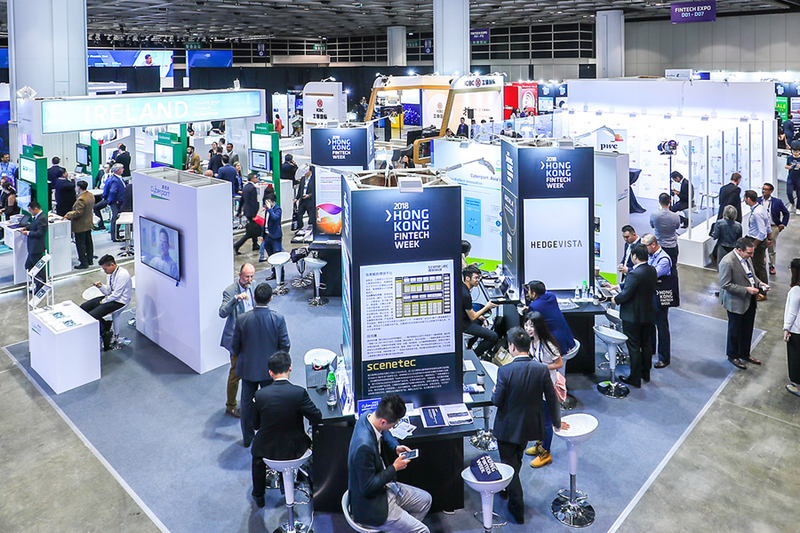
Tracking the latest developments in Hong Kong’s FinTech landscape would reveal the recent report about the Hong Kong Monetary Authority (HKMA) issuing the first set of virtual banking licenses in the country, according to a recent report.
What stands is the speed at which Hong Kong’s FinTech policies are actively being put into action. It is evident that the country has come a long way since it first started adopting FinTech, perhaps a little reluctantly at first, but it soon grew in pace.
It comes to an as little surprise that the pace of change in financial services and insurance in Hong Kong has been accelerating in recent years. As one of the world’s freest economies, Hong Kong has been recognized as a favourable destination for international banks and insurers to set up headquarters.
The country’s highly globalized and modernized industry outlook has also contributed to this. Due to its laissez-faire economy, the city has drawn favourable comparisons to prominent financial hubs, such as London and New York.
As of 31 December 2018, there were 161 authorized insurers in Hong Kong, of which 93 were pure general insurers, 49 were pure long-term insurers, and the remaining 19 were composite insurers. Hong Kong is one of the key insurance hubs in the world.
The general mix of insurers shows that 90 of them have been incorporated in Hong Kong while 71 insurers are incorporated elsewhere.
Key developments in the Hong Kong InsurTech landscape
Strategically speaking for many FinTech companies, having a presence in Hong Kong is essential to expanding into the emerging APAC market. Hong Kong is endowed with world-class physical infrastructure, a healthy level of openness and innovation, a dedicated FinTech-friendly government, and proximity with mainland China.
Hong Kong has a vibrant entrepreneurial foundation, which is evident from the fact that it has over 3000 start-ups. It is also one of the fastest-growing start-up ecosystems. The start-up population is estimated to be 550+ FinTech companies and start-ups and 30+ InsurTech start-ups.
The Insurance Authority (IA), the foremost insurance regulator in Hong Kong, launched an InsurTech Sandbox in September 2017. The sandbox provides a platform for authorized insurers to run pilot trials of innovative InsurTech applications, enabling them to obtain real market data and information on user experience before the launch of any formal product. The sandbox allows insurers to test the application of new technologies in a controlled environment without the need for full compliance with the IA’s supervisory requirement.
On 29 September 2017, the IA launched a pilot scheme called Fast Track to expedite applications for a new authorization to carry on insurance business in or from Hong Kong using solely digital distribution channels as a means to promote the development of InsurTech in Hong Kong. Insurers under Fast Track must have an innovative and robust business model that uses digital distribution to bring benefits to the consumers in Hong Kong in product development, delivery, customer service, and cost efficiency.
The Future Task Force (FTF) of the insurance industry has been set up to explore the future of the insurance sector and draw up recommendations. Out of the three working groups under the FTF, the Embracing FinTech in Hong Kong working group focuses on promoting the application of FinTech in the insurance industry.
In addition to the growth of start-ups engaging in rapid innovation in InsurTech and other segments across the domain of FinTech in Hong Kong, it is worth pointing out that there isn’t a single large, global bank that doesn’t have its presence in the city.
Moreover, its proximity to mainland China has let it become a bridge to one of the largest economies in the world, paving the way for rapid FinTech innovation.
















